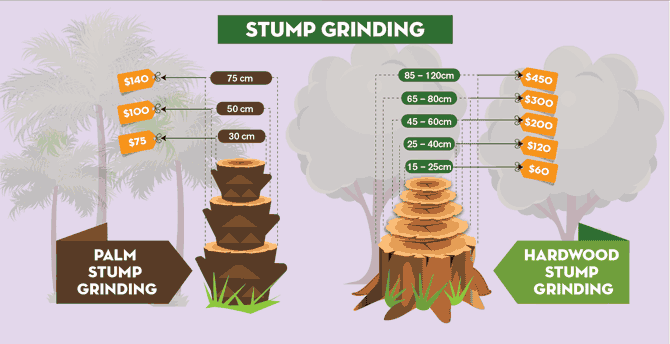Tree Conservation: Indicators That Indicate The Need For Elimination
Tree Conservation: Indicators That Indicate The Need For Elimination
Blog Article
Composed By-Blom Harrington
If you've ever wondered about the fate of the trees on your residential or commercial property, understanding when it's time for elimination is crucial. Yet exactly how do you identify if a tree can be saved or if removal is the only option? By searching for details indications and examining safety and security threats, you can make enlightened choices that benefit both your landscape and your surroundings. Let's discover the crucial variables that enter into play when deciding the destiny of a tree and just how you can ensure the most effective end result for your green buddies.
Indicators of Tree Decline
If you discover any one of the adhering to indicators of tree decline in your yard, it may be time to take into consideration tree elimination.
One common indicator is dead or decaying branches, which can show underlying problems influencing the tree's health. Look out for stained or wilted leaves that persist despite having correct treatment, as this could be an indicator of illness or parasites.
One more warning signal is too much leaning or a recognizable change in the tree's base, which might recommend origin problems or architectural instability. Keep an eye out for fungal growth on the trunk or roots, as this can indicate rot and endanger the tree's security.
Furthermore, if you observe huge fractures in the trunk or significant arm or legs, it's important to address these issues immediately to prevent prospective hazards. Addressing these signs of tree decline promptly can assist maintain the safety and appearances of your backyard atmosphere.
Safety and security Worries
To guarantee the wellness of your residential or commercial property and those around you, focusing on security problems connected to trees is critical. Trees can posture different safety threats if not effectively kept. Dead or rotting branches may drop suddenly, jeopardizing individuals or destructive frameworks.
Leaning trees can additionally be hazardous, especially if they're leaning in the direction of a structure or power lines. In addition, trees with extensive root systems near foundations or underground energies can cause significant damage gradually.
It's critical to consistently inspect your trees for any type of signs of possible threat. Watch out for splits in the trunk, huge tooth cavities, or indications of illness and degeneration. If you see any one of these issues, it's best to talk to a specialist arborist to examine the situation and determine the essential strategy.
Taking proactive actions to resolve safety and security concerns promptly can stop accidents and building damage in the future. Bear in mind, the safety of your home and those around you need to always be the top priority when it involves tree upkeep.
Consulting an Arborist
When taking into consideration the health and safety of your trees, consulting an arborist is an important step. Arborists are trained professionals that specialize in the care and maintenance of trees. They can analyze the overall health and wellness of your trees, determine any kind of issues such as illness or structural issues, and provide expert recommendations on the most effective course of action.
By consulting an arborist, you can receive beneficial insights right into the condition of your trees and establish whether elimination is needed. Arborists have the understanding and experience to review the risks connected with keeping a tree versus removing it. https://www.benzinga.com/pressreleases/20/02/p15390219/monster-tree-service-awards-territory-in-florida can additionally supply assistance on alternative services, such as trimming, cabling, or bracing, to aid preserve the tree whenever possible.
In addition, arborists can help you navigate any local laws or permits that may be needed for tree removal. Their know-how can make certain that the process is accomplished safely and in compliance with any type of suitable legislations.
Verdict
Finally, when identifying whether trees can be saved or if elimination is required, it is very important to take into consideration indications of decline and security worries. Consulting an arborist for an extensive analysis is essential in making the most effective decision for the tree's health and wellness and potential threats. Keep in mind, proactive care and prompt activity can help protect trees and protect against accidents.
